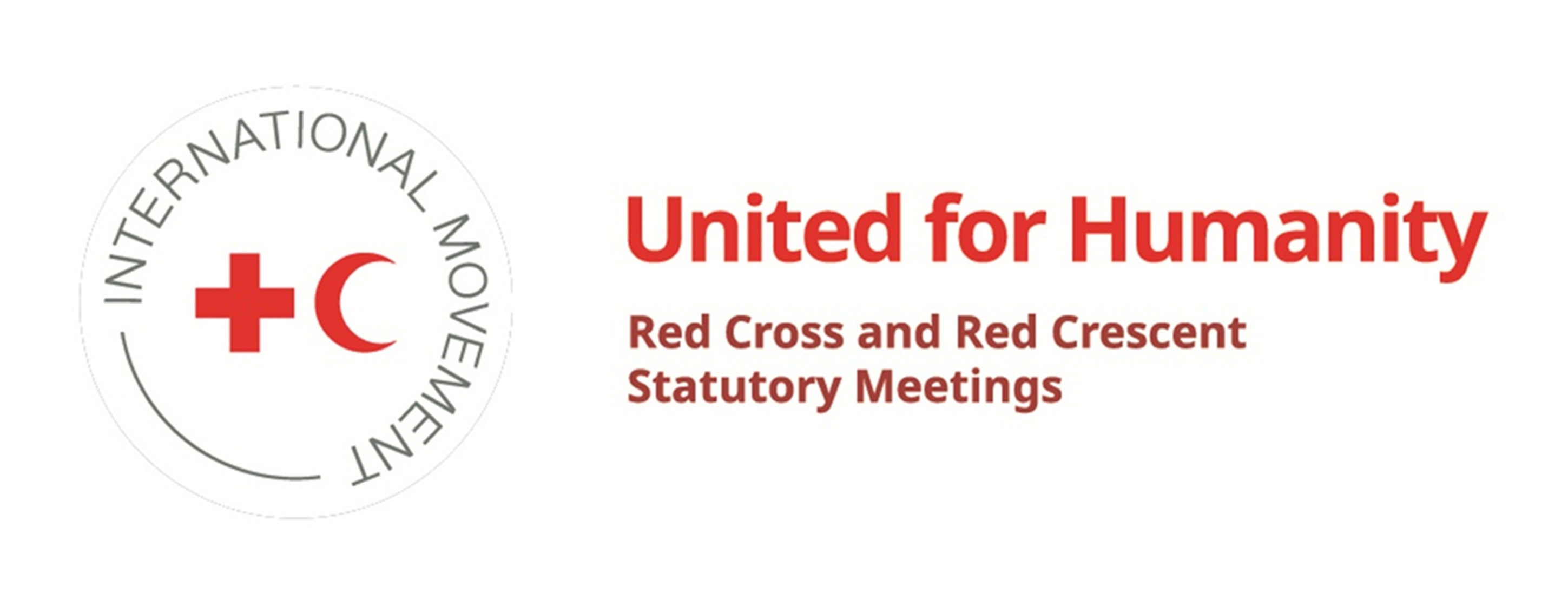Has your State/National Society/Institution incorporated the commitments contained in this resolution into the relevant strategic or operational plans?
YesThe commitments are incorporated into:
Strategy
Policy
Operational plan
At the National, Local level
Explanation:
MHPSS is a cross cutting program at the Lebanese Red Cross implemented through different activities to the community as well as to the employees and volunteers
Examples :
-
- Self-Care and Stress Management: MSS implemented 9365 PSS activities to help individuals manage stress and practice self-care during the pandemic, supporting mental health and resilience among staff and the community.
- Trained volunteers on PFA and Referrals
- Adopted and contextualized and delivered the Children Resilience Program to provide psychosocial support to children affected by armed conflicts
- Developed and delivered a basic PSS program to target youth in vulnerable communities
- Implemented a basic PSS program to business owners affected by crises and benefiting from livelihood services
- DRR awareness sessions are mainstreamed to account for the needs of persons with disability
- DRR evacuation plan is mainstreamed for Disability Inclusion with a specific annex for the different types
- R2CR tools are mainstreamed for Disability Inclusion with a specific annex for the different types
- DRR Attendance sheet template has been updated to allow recording for presence of persons with disability among our activities
- DRR in schools stories and games, main character has a motor disability to facilitate the dissemination of specific key messages, empathy and considerations for persons with such needs as well as normalizing the representation of characters with various abilities.
- People encountered during DRR activities who have cases of protection or mental health concerns get referred to other specialized agencies or service providers.
- In addition to the Volunteer Management Program where volunteers are supported (trainings, hotline available 24 hours)
Has your State/National Society/Institution been working with other partners to implement the commitments contained in this resolution?
YesPartner with:
National Red Cross or Red Crescent Society in your country
Government and/or public authorities
ICRC/IFRC
Other National Red Cross or Red Crescent Societies
Humanitarian and development partners (e.g. UN, NGOs etc.)
Academia
Other
Examples of cooperation:
- Schools
- Governmental Entities
- Movement Partners
- UN Agencies
- NGOs
- Referrals
Have you encountered any challenges in implementing the commitments contained in this resolution?
YesWith challenges on:
Human resources
Funding constraints
Details about challenges:
The recruitment process of a MHPSS Program Manager was delayed due to lack of competencies as well as funding
Have the commitments contained in this resolution had an impact on the work and direction of your State/National Society/Institution?
YesType of Impact:
Cooperation between Government/public authorities and National Society has been strengthened
Programming and operations have become more effective and efficient
Innovative tools/methodologies have been developed and are utilized
Partnerships with other humanitarian actors have been created or enhanced
Increase in mobilization of resources
Training and capacity of staff and volunteers has increased (for National Societies)
Details about the impact:
In our daily work LRC coordinates and support Movement Partners as well as other stakeholders including governmental entities and leads on this file as an example during Covid 19 in 2020.
Have the commitments contained in this resolution had an impact on the communities that your State/National Society/Institution serves?
YesDescription of the impact:
Of course by building community resilience through the activities mentioned above



